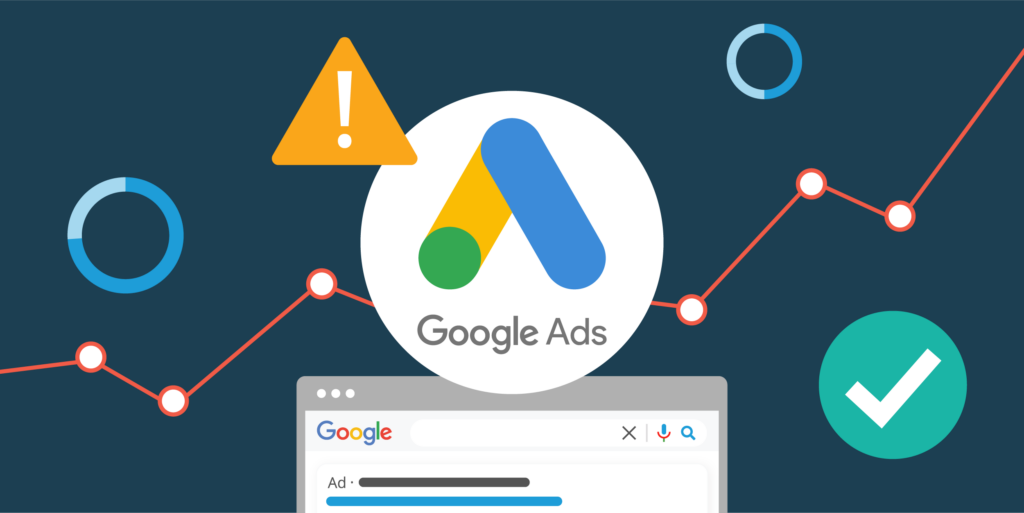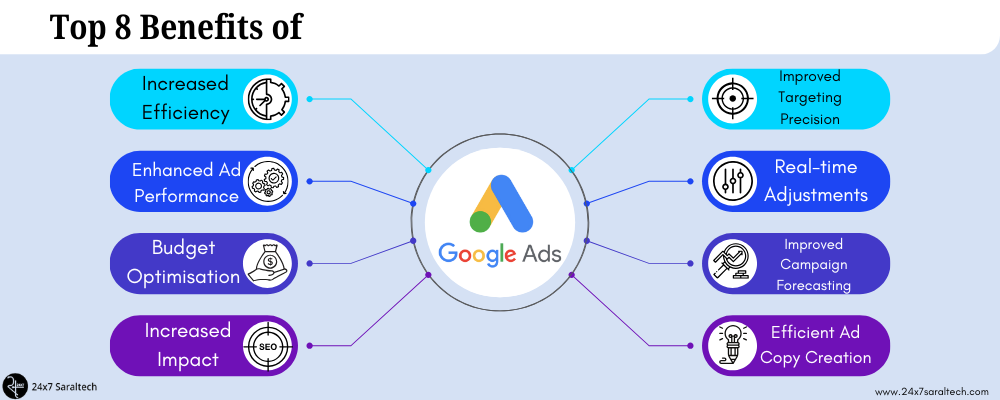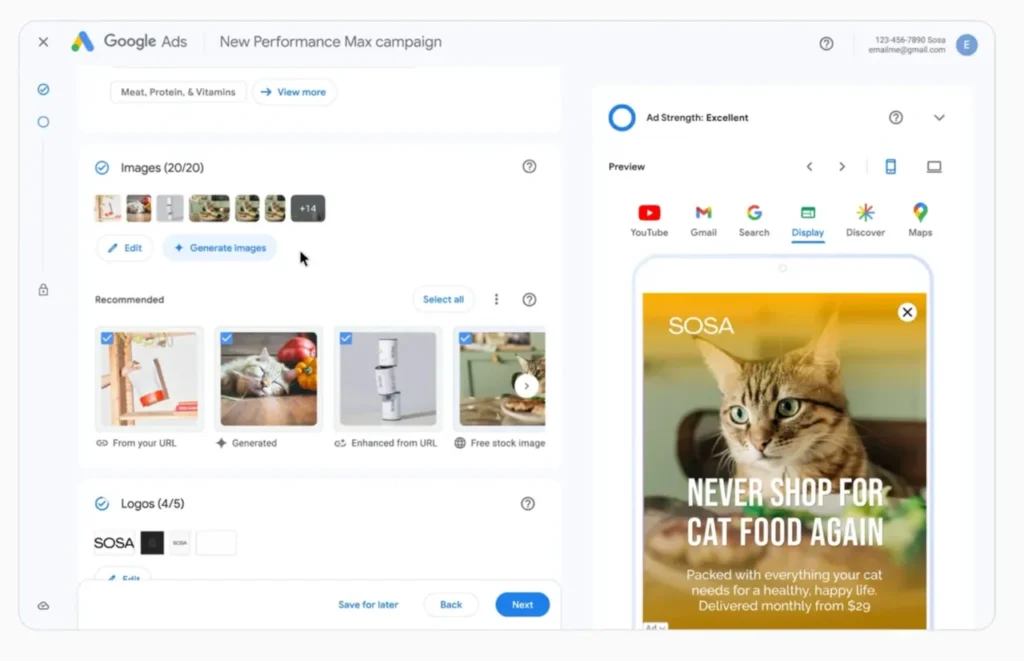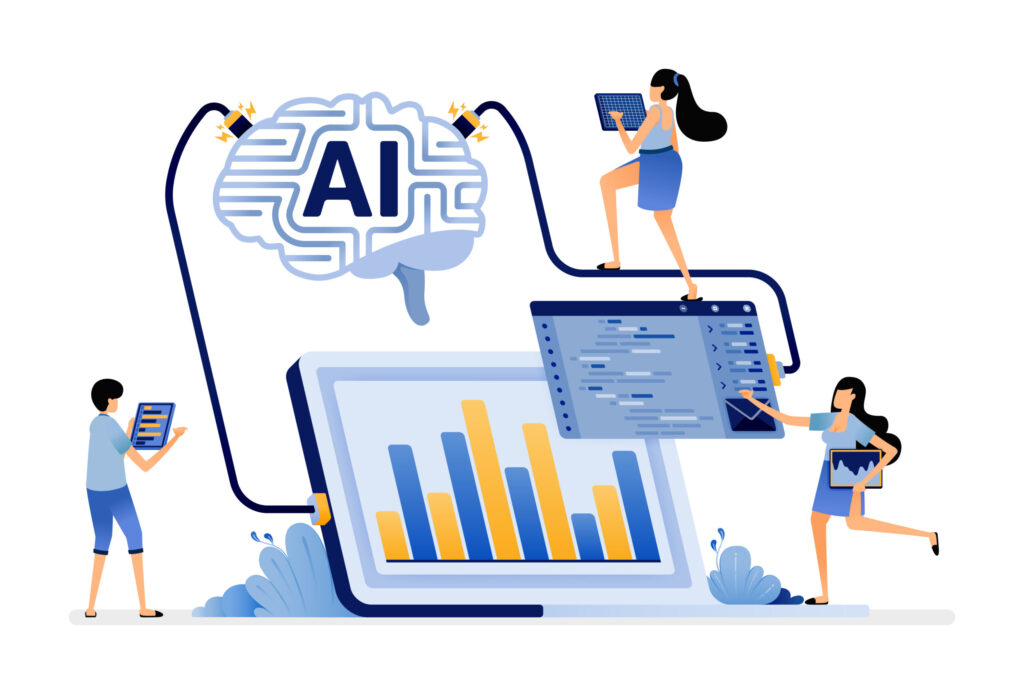What You Need To Know About Latest Google Ads Updates: AI-Driven Ads Optimisation and More

Google Ads recently got several significant updates, including a new quality update that prioritizes user navigation experience and Google AI Overviews, which provide detailed comparison modes and may impact click-through rates for organic and paid results. The updated quality raters guidelines emphasize originality, generative AI, and user experience. Furthermore, Google has announced new features, such as Product studio AI for Google Business Profiles to enhance product images and AI-generated background images for shopping ads, which can be opted out of. Meanwhile, Microsoft Advertising has also released new updates, including PMax and feature enhancements, the evolving landscape of digital advertising.
Google has particularly taken a significant leap forward in its quest to deliver a better user experience through its search ads. By enhancing its search ads quality system, the tech giant aims to reduce frustrating experiences and improve ad relevance. At the core of this update is a new AI-powered prediction model that evaluates landing page quality, navigation ease, and content relevance, filtering out ads that lead to unexpected or low-quality destinations. Let’s dive deeper into what this update means for users and advertisers, and explore the key implications for your digital marketing strategy.
What is changing with Google Ads update?

Google’s latest Ads update tackles a common point of frustration for users – clicking on an ad expecting specific content, only to land on an unrelated page with no clear navigation. This frustrating experience often leads to users returning to search results, creating an inefficient browsing experience.
To address this issue, Google’s update emphasizes two critical components for search ads – content relevance and navigation accessibility. Landing pages must now closely match user search intent, ensuring that users find what they’re looking for. Additionally, sites must provide clear, easy-to-use navigation options, enabling users to quickly find their desired content.
Google advises advertisers to prioritize site navigation to ensure a seamless user experience. By improving navigation, advertisers can increase the effectiveness of their ads and provide a better experience for users. A new AI-powered model evaluates landing pages for customer-friendly experiences, taking into account factors such as relevance, navigation, and overall usability. This model plays a crucial role in determining ad placement and effectiveness, making it essential for advertisers to optimize their landing pages accordingly.
How is Google Ads using AI?
Google Ads leverages artificial intelligence (AI) to personalize and optimize advertising, making it more effective and efficient. By tapping into the power of AI, Google Ads enables businesses to reach their target audience with the right message at the right time. Here are a few ways in which Google Ads uses AI:
- Smart Bidding:
AI algorithms analyze vast amounts of data to optimize bids for ads in real-time. Smart Bidding strategies, such as Target CPA (Cost Per Acquisition) and Target ROAS (Return on Ad Spend), automatically adjust bids based on the likelihood of conversions, which helps capture high-value customers and generate more revenue.
- Ad Personalization:
AI helps tailor ad content to individual users by analyzing their behavior, interests, and demographics. This personalization increases the relevance of ads, improving click-through rates and conversion rates.
- Responsive Search Ads:
Google Ads uses machine learning to create responsive search ads that automatically adapt headlines and descriptions based on user queries. This helps generate more relevant ads and improves performance.
- Audience Targeting:
AI enhances audience targeting by analyzing user data to identify potential customers. This includes features like custom intent audiences, which target users based on their recent search behavior and interests.
- Performance Insights:
AI-driven analytics provide advertisers with insights into campaign performance, helping them understand which strategies are working and where improvements can be made.
- Image Recognition:
For display ads, AI can analyze images and content to ensure that ads are placed in appropriate contexts and are visually appealing to the target audience.
- Automated Campaign Management:
Google Ads offers automated campaign management tools that use AI to optimize ad placements, budgets, and targeting, reducing the need for manual adjustments.
- Broad Match:
AI identifies related queries to reach more customers and drive better performance. By pairing broad match with Smart Bidding, advertisers can use auction-time signals to set the right bid for each query.
What are the benefits of Google’s new AI-driven ads optimization?

Google’s AI-driven ads optimisation offers numerous benefits, transforming the way businesses approach advertising. Here are the top 8 benefits:
- Increased Efficiency:
Automation of campaign optimisation tasks saves time and resources, allowing advertisers to focus on strategic aspects of their advertising efforts.
- Improved Targeting Precision:
AI-powered audience analysis enables refined targeting, increasing ad relevance and conversions. Advanced targeting options reduce ad spend on users unlikely to convert.
- Enhanced Ad Performance:
AI-driven creative suggestions improve ad effectiveness, click-through rates, and campaign performance. Comprehensive campaign tracking with automated insights enables real-time optimisation.
- Real-time Adjustments:
AI enables continuous optimisation and adaptation to changing trends and consumer behavior, ensuring ads remain relevant and engaging.
- Budget Optimisation:
Dynamic bid adjustments ensure maximum conversions within budget limits, reducing manual intervention and optimizing ROI.
- Improved Campaign Forecasting:
Predictive analytics leverages historical data to predict future trends, enabling advertisers to make informed decisions and stay ahead of the competition.
- Increased Impact:
AI optimizes keyword targeting, ensuring ads are served to users at the right moment, maximizing impact and relevance.
- Efficient Ad Copy Creation:
AI-driven ad copy generation saves time and increases campaign success by aligning copy with audience needs, preferences, and industry-specific trends.
What are the best practices for leveraging Google’s AI-driven ads optimization?

To maximize the potential of Google Ads, it’s essential to adopt a strategic approach that balances precise targeting, prudent budgeting, and compelling ad design. By doing so, you can unlock the full value of this powerful digital marketing tool and drive tangible results for your business. Here are some of the best practices for leveraging Google’s AI-driven ads optimisation:
- Campaign Setup:
- Define clear goals and specific objectives
- Allow 6 weeks for Google’s AI to learn and optimize ad delivery
- Provide relevant audience segments
- Targeting:
- Conduct thorough keyword research
- Segment audience based on demographics, interests, location, and behaviors
- Utilize remarketing campaigns
- Ad Copy and Creatives:
- Write compelling ad copy
- Use responsive search ads
- Utilize ad extensions
- Budgeting and Bidding:
- Choose the right bidding strategy
- Set a realistic budget
- Optimize for ROI
- Optimisation:
- Utilize Performance Max Insights
- Monitor key performance metrics
- Exclude irrelevant placements
- Testing and Iteration:
- Regularly test ad variations
- Experiment with different campaign types
- Optimize landing pages
- Tracking and Measurement:
- Set up conversion tracking
- Monitor key metrics
- Use automation and smart campaigns
- Additional Tips:
- Avoid branded keywords
- Optimize Google Merchant Center Feed
- Use geo-targeting and ad scheduling
What does the future of advertising look like for businesses?

The future of advertising for businesses is deeply intertwined with digital marketing. As technology continues to advance, digital marketing will play an increasingly crucial role in reaching and engaging target audiences.
Digital marketing encompasses a range of channels, including search engines, social media platforms, email, and websites. The future of advertising will involve harnessing the power of these channels to deliver personalized, relevant experiences to customers. AI will be a significant driver of this personalization, enabling businesses to optimize ad targeting, delivery, and measurement.
As consumer behaviors continue to evolve, businesses will need to adapt their digital marketing strategies to stay ahead. This will involve prioritizing sustainable and responsible messaging, embracing influencer marketing, and leveraging immersive technologies like Augmented Reality (AR). Advanced metrics and attribution modeling will also become essential for measuring campaign effectiveness and optimizing ROI.
Ultimately, the future of advertising will require businesses to be agile, innovative, and customer-centric. At 24×7 Saraltech, we create compelling content to help achieve your business goals. Whether it is social media posts, ads, blogs, or marketing campaigns, our creative team is dedicated to making your business stand out in order to effectively engage with your audience.
To unlock the full potential of your business contact 24×7 Saraltech today!
FAQs:
- What is Google Ads?
Google Ads is a powerful online advertising platform that enables businesses to reach their target audience through pay-per-click (PPC) ads.
- What are the various types of Google Ads campaigns?
Google Ads offers various campaign types, including Search Network, Display Network, and Video campaigns. Additionally, there are advanced campaign types such as Shopping and App Campaigns.
- How to write effective Google Ads?
Crafting effective Google Ads requires a human-centric approach, providing timely solutions to users’ queries. Highlight key benefits, features, and include a clear call-to-action (CTA) to drive conversions.
- How to optimize Google Ads for better performance?
To boost Google Ads performance, focus on enhancing ad relevance, landing page experience, and ad quality. Leverage Google Ads’ built-in optimisation tools and third-party solutions to streamline ad management.
- What is the ideal bidding strategy for Google Ads?
The ideal bidding strategy for Google Ads depends on campaign objectives and target audience. Popular bidding strategies include Cost-Per-Click (CPC), Cost-Per-Thousand Impressions (CPM), and Cost-Per-Acquisition (CPA).
Want to learn more about AI-driven solutions?
Explore these…